Ordinances or Tricholoma are fungi common in the forests of Russia and other countries of the Northern Hemisphere. They got their name for the typical arrangement of colonies - in certain heaped rows.
There are many edible species known as tricholom, but there are those that can not be eaten. One of such mushrooms is white rowan. The probability of meeting her in the forest is very high, but it is very small to identify, you can do this only by carefully studying the photo and description of the mushroom.
Content
Characteristic features of the variety
This mushroom is visible from afar with its specific pale color, and an inexperienced mushroom picker can confuse it with champignons. Upon closer examination, characteristic differences from other species are visible.
Appearance and photo
White rowaceae - agaric.
Features of appearance:
- the surface is smooth, the color is from pure white to milky;
- hat with curved edges, in diameter up to 10 cm;
- a cylindrical fibrous leg approximately 10 cm high and up to 2 cm in diameter;
- the flesh is dense, turns pink at the fault points.
It is necessary to remember this mushroom, since when eaten, it immediately causes a disorder and even poisoning.
Morphology
Belongs to the family Tricholomidae, or Ordinary, genus - Tricholoma, species - Ryadovka is white. Has a structure typical of a kind.
Species markers include the following:
- Hat - has a convex shape, which straightens, becomes flat during aging. In this case, the color practically does not change, but in older mushrooms, yellowness appears in the middle.
- Leg - elastic, expanded upward, has a powdery coating. The touch is quite dense, airiness is not felt.
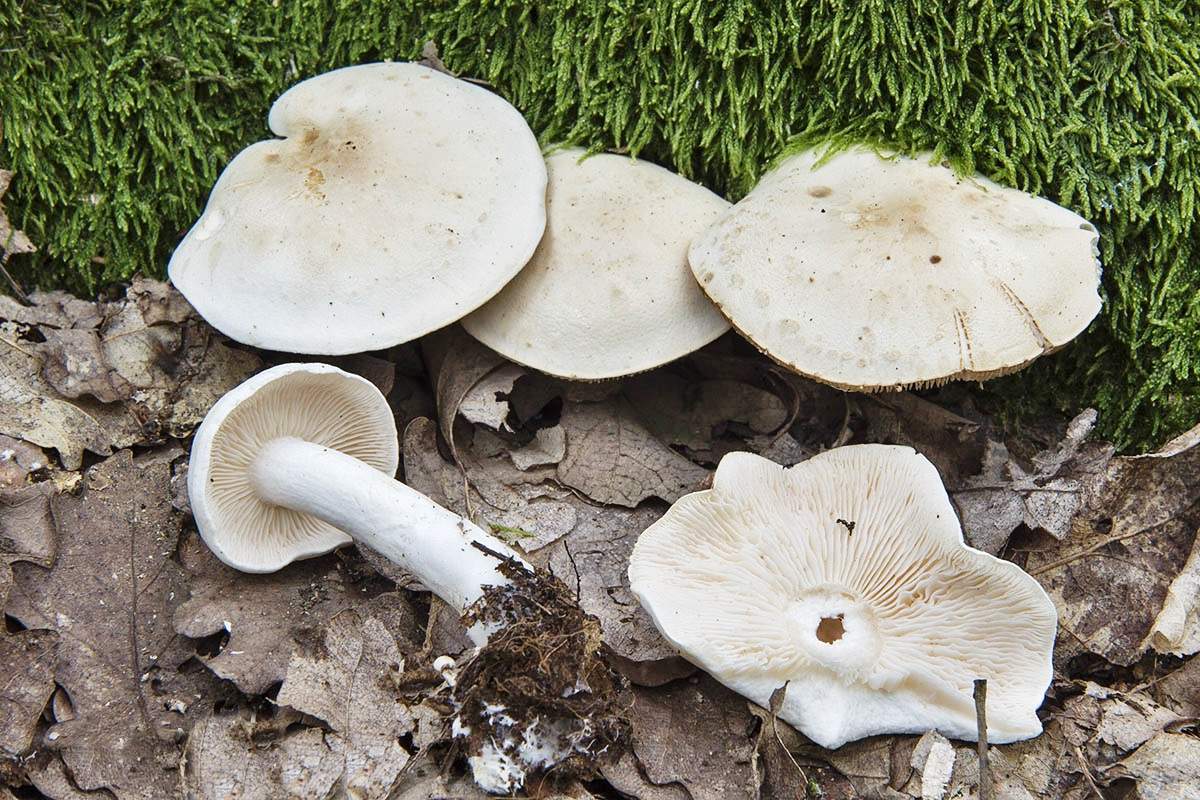
Mushroom description - Records - white, frequent and wide, can turn yellow in old mushrooms.
- Pulp - dense, white, odorless in young specimens. During the ripening period of the fungus an unpleasant musty smell appears.
 You may be interested in:
You may be interested in:Mushrooms grow in symbiosis with conifers, birches and deeply rooted, which allows them to preserve breeding sites for several years.
Habitat
The habitat of this species is the European continent. It is especially characteristic of the Russian forests of the western part of the country and the Primorsky Territory. The fungus is widespread in deciduous and mixed forests of temperate latitudes. Selects acidic soils for propagation.
She prefers open space, you can find her on the forest edges, meadows, in places where there is grass cover. Like all tricholomes, it grows not individually, but in clusters of ten or more specimens.
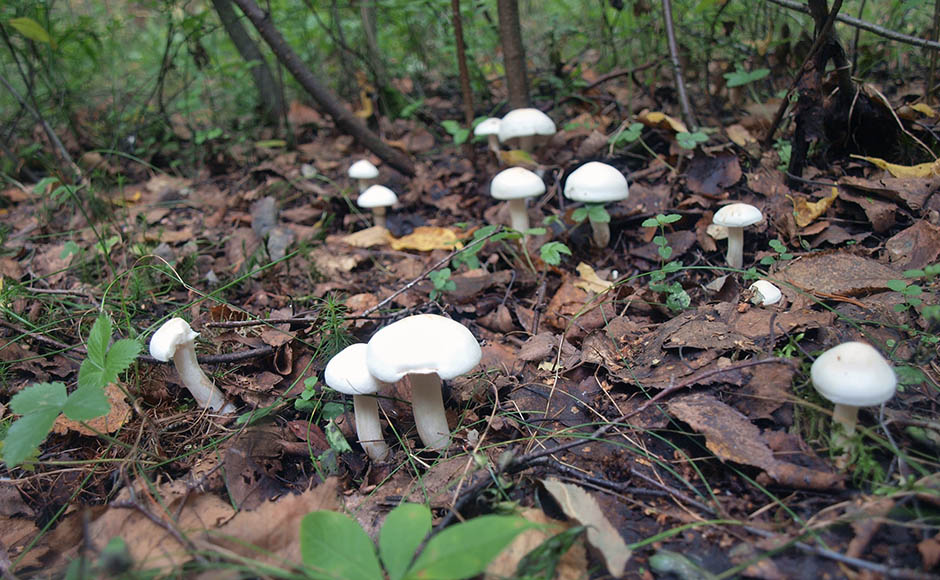
The period of growth and fruiting of rowing span covers the period from July to mid-October, but it can be longer, depending on weather conditions.
Eating
Despite the fact that many types of rows are edible and prepare delicious dishes from them, white is inedible, and in some sources it even appears as semi-poisonous. The mushroom has an unpleasant odor, it is very persistent, and its taste can be described as bitter and burning.
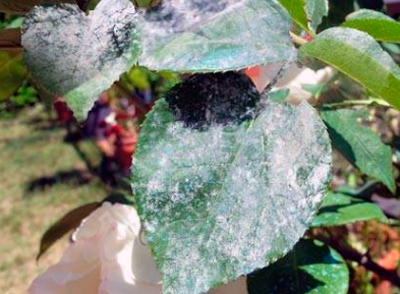 You may be interested in:
You may be interested in:Replenishing your diet with such mushrooms is definitely not worth it. Tasting the white tartanus can lead to indigestion and even serious poisoning. You should be vigilant when going to the forest, so as not to bring such a trichome by mistake home.
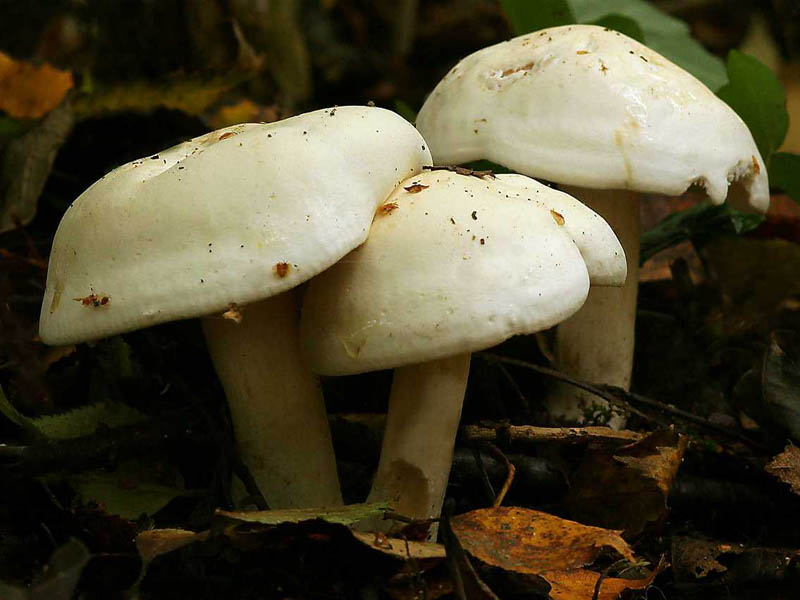
The only area of use of this fungus is traditional medicine. White line extract is sometimes used in ointments and tinctures to combat wrinkles and skin diseases (acne, enlarged pores, and high fat content). But the preparation of such drugs is not popular, so do not try to prepare such drugs on your own.
Unlike edible mushrooms
White mushroom mushroom has several similar cousins, which are quite suitable for eating. It:
- Champignon - looks quite like a row. Tricholoma can be distinguished by a fetid odor, champignon will have a pleasant mushroom aroma. Another clue will be the dark plate of champignon and white - rowing. The last difference is the absence of a ring on the tricholome stem.
- May Tricholoma - It is very similar in color and form to its poisonous fellow, but it is absolutely safe for human life and has a pleasant taste and smell, similar to the aroma of fresh flour. It differs from white rowing in color - milky white, even creamy, narrow plates attached to the leg.
It is believed that the May mushroom is very difficult to catch in the forest at the same time as poisonous, as they have a different ripening period. May rowing grows from late April to late July, and white begins to grow only in August.
Be sure to take into account the differences in mushrooms and features, thanks to which you can protect yourself from collecting poisonous fruits. Particular attention should be paid to poisonous mushrooms, similar to a white row.
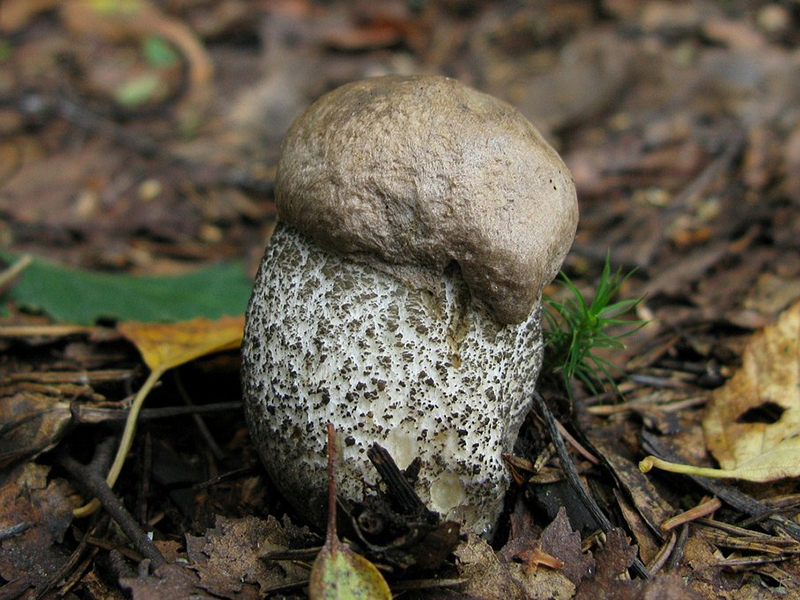 You may be interested in:
You may be interested in:So, it is easy to confuse it with a row of smelly, which has a typical unpleasant odor, but looks very similar to white. If the latter is inedible due to its bitter taste and ability to cause eating disorders, the former is a truly poisonous mushroom that is dangerous to human health.
Answers to Common Questions
White rowan is one of the most dangerous mushrooms for human health. It is widespread and mushroom pickers often meet it in the forests. Despite the rather pleasant appearance, it has a specific smell, which allows you to quickly distinguish it from edible species. Be careful when picking mushrooms, and do not risk taking those fruiting bodies in which you are not sure.

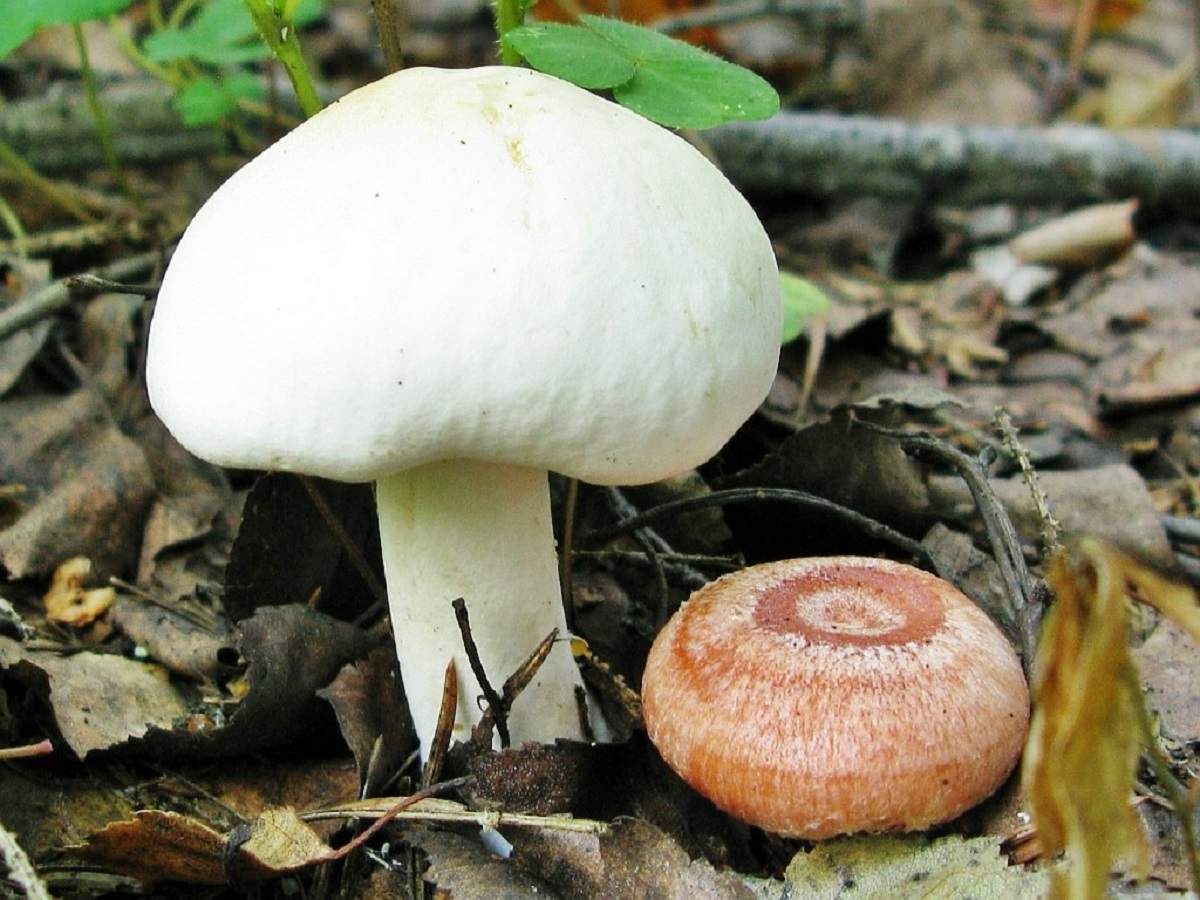
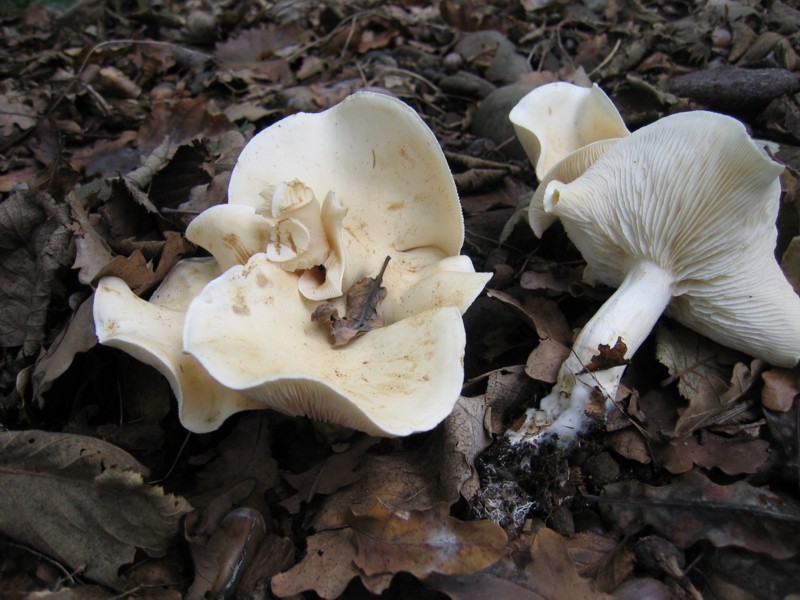
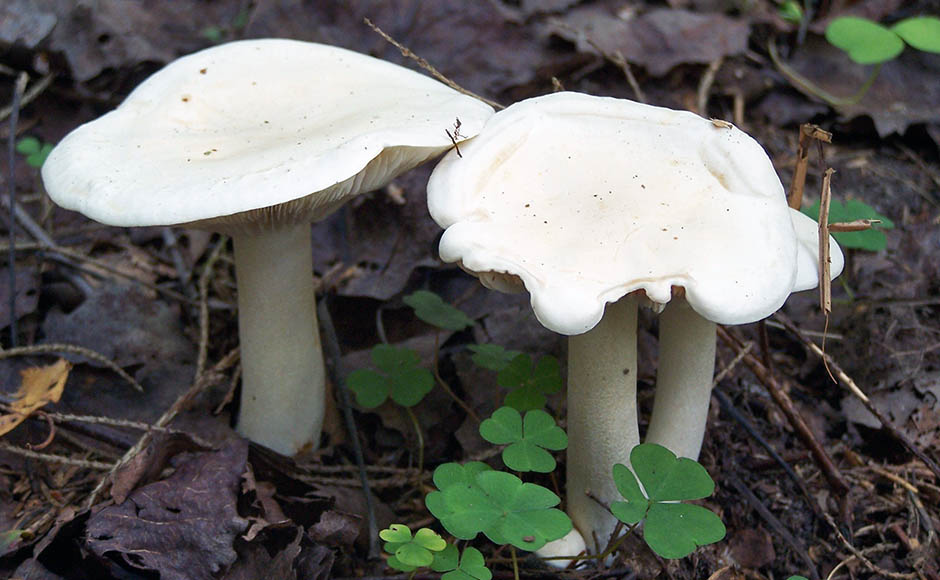
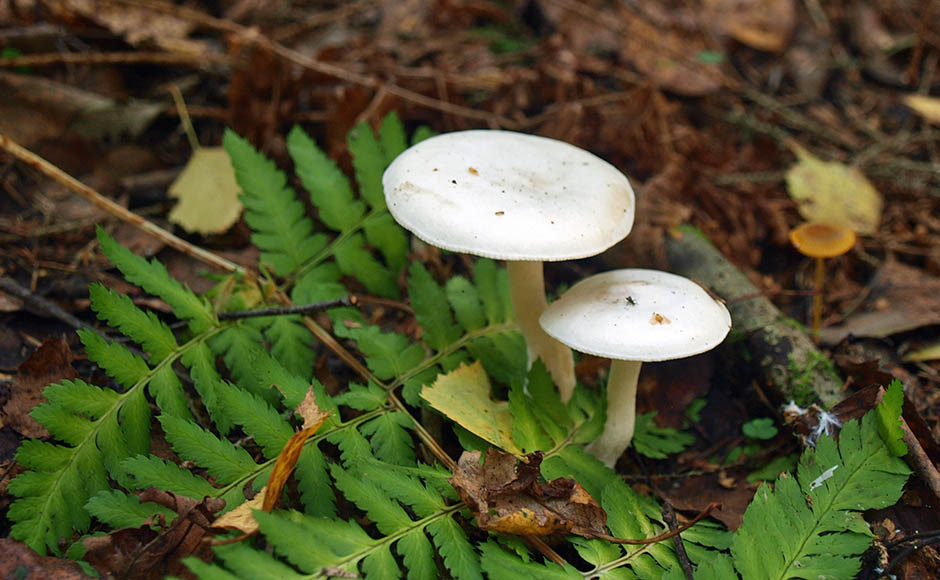
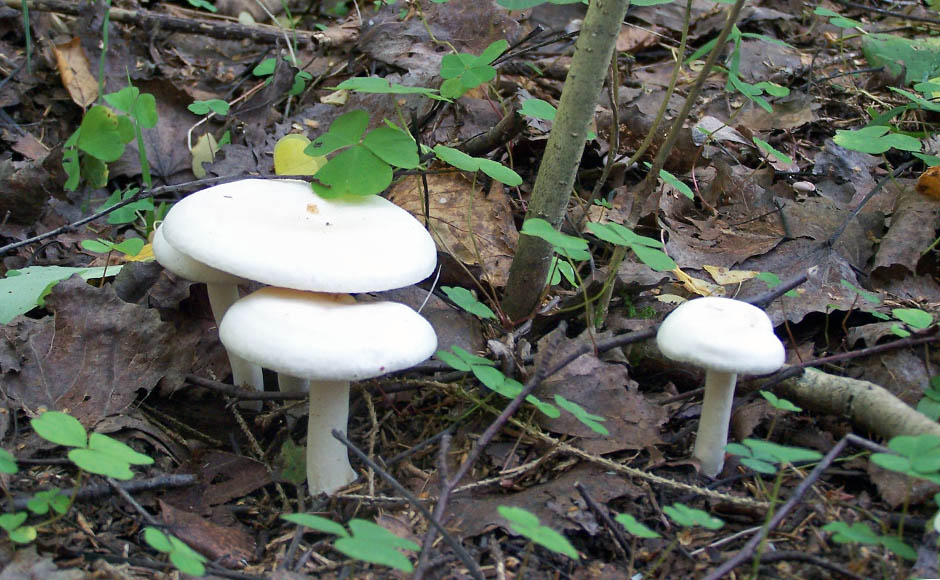
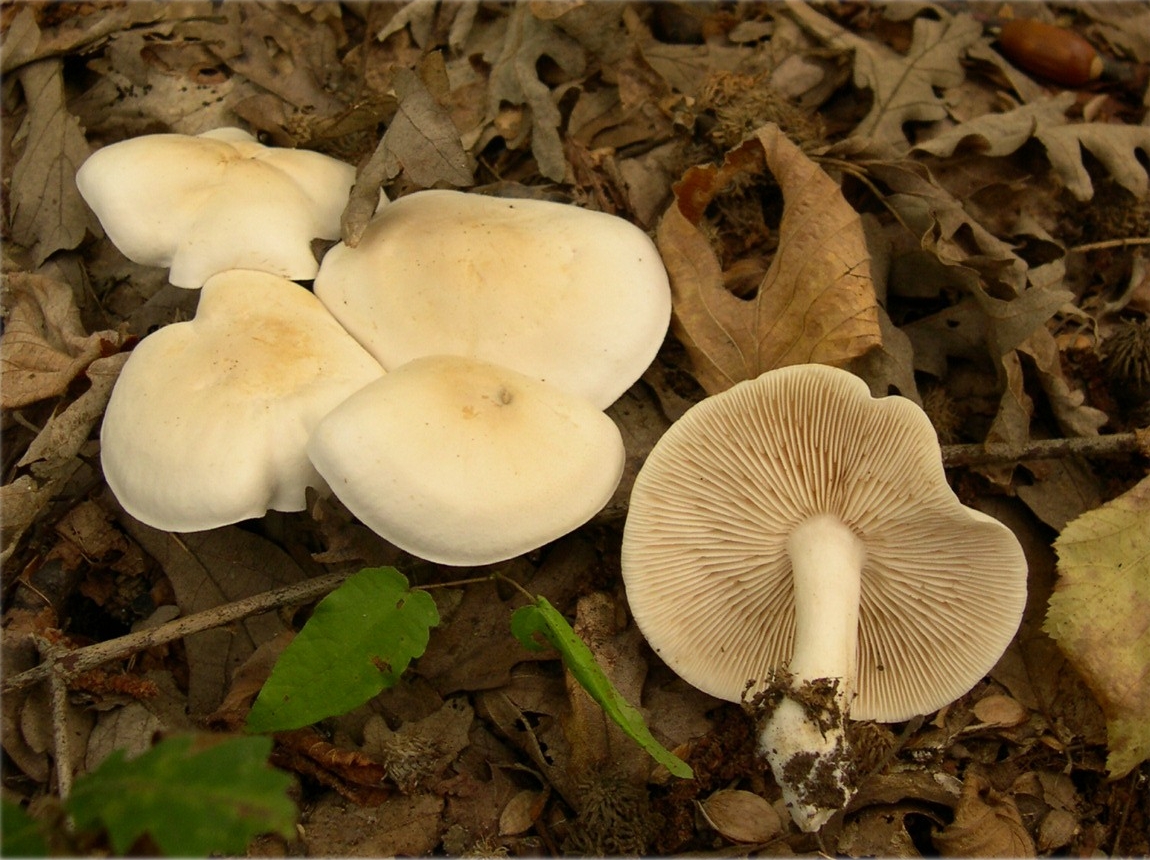



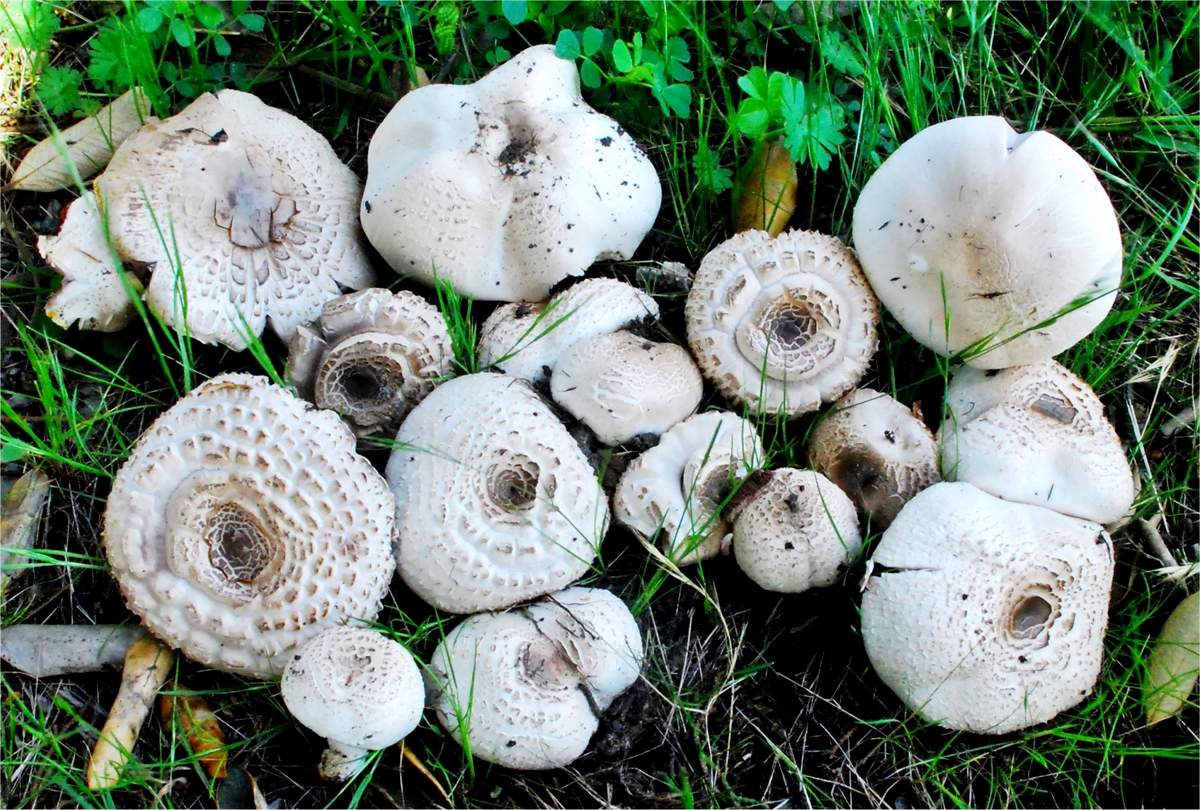
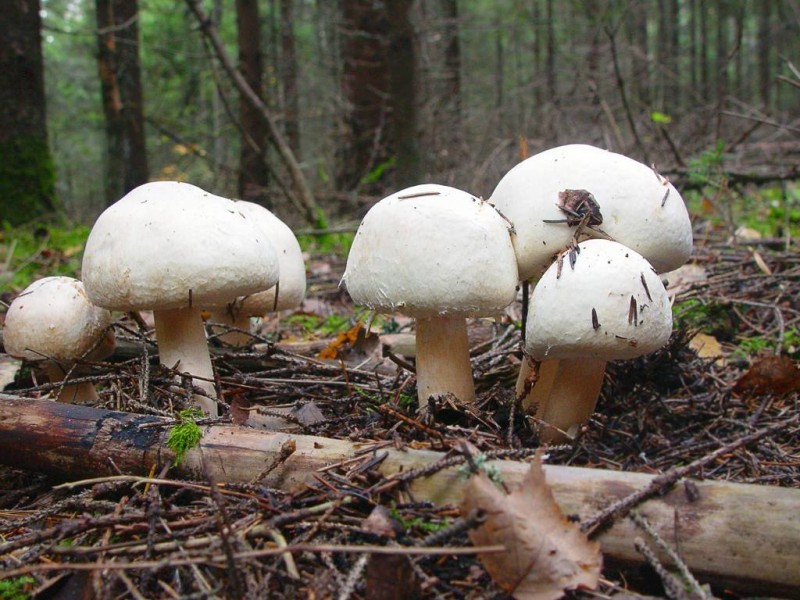
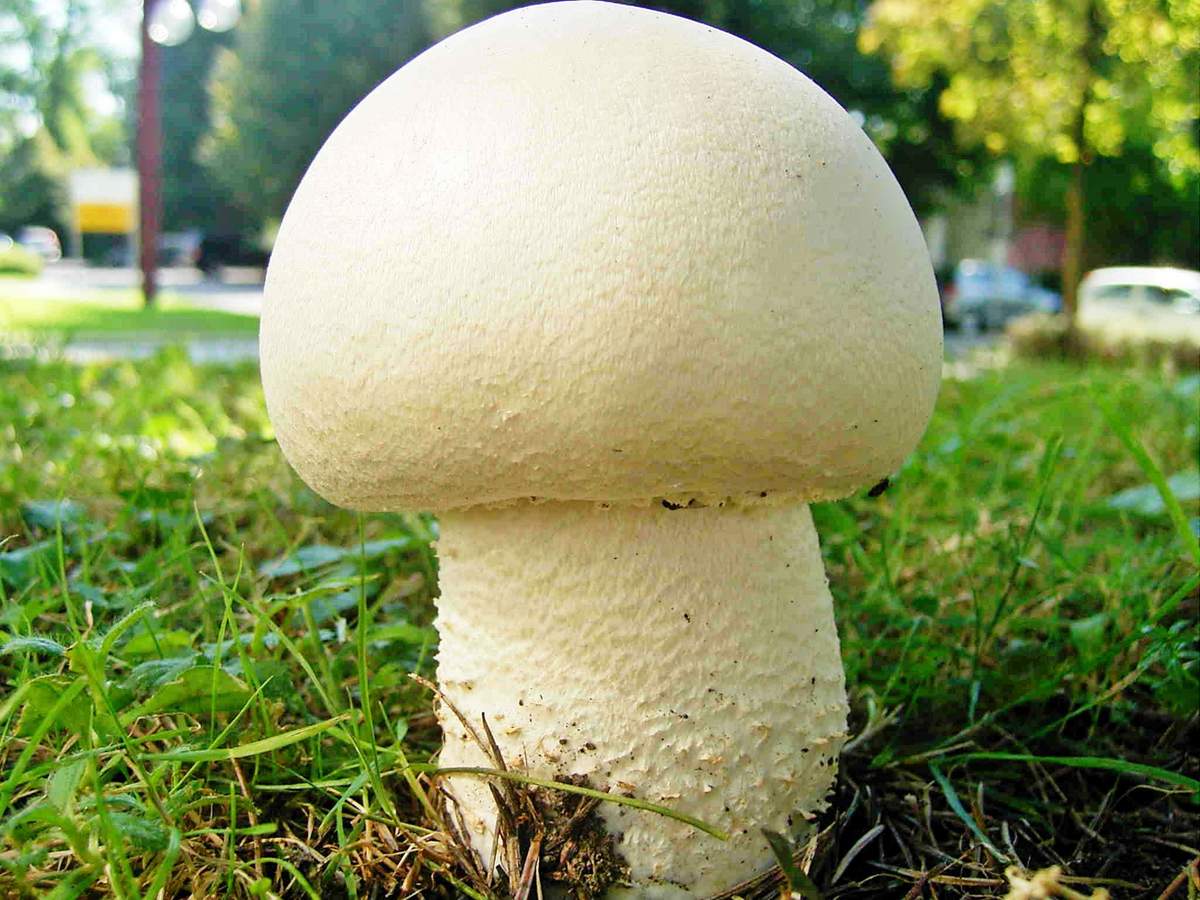

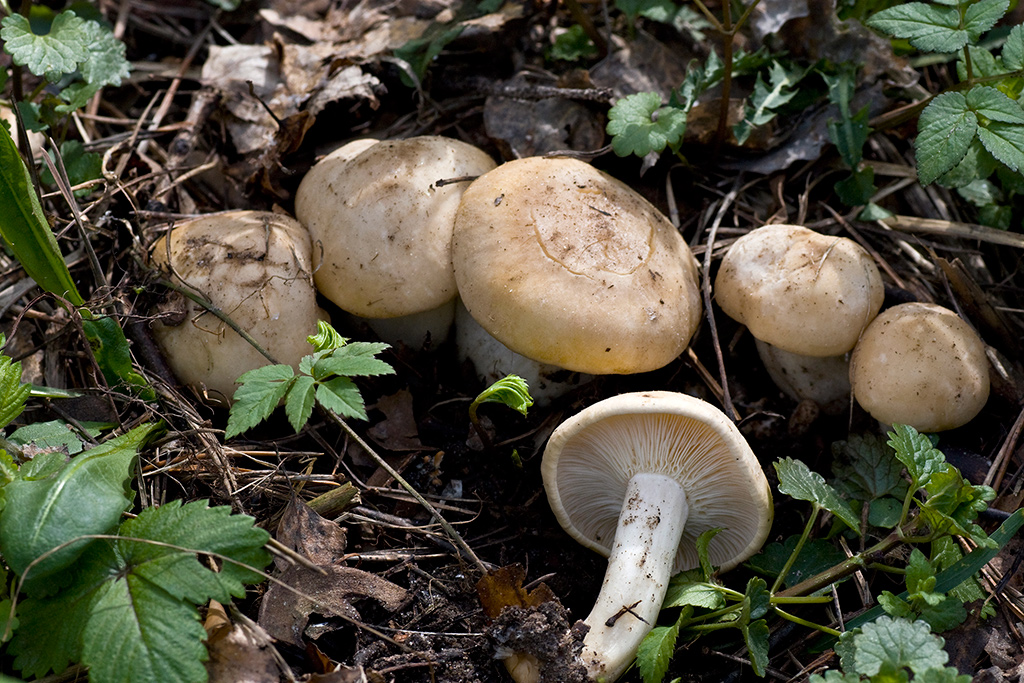
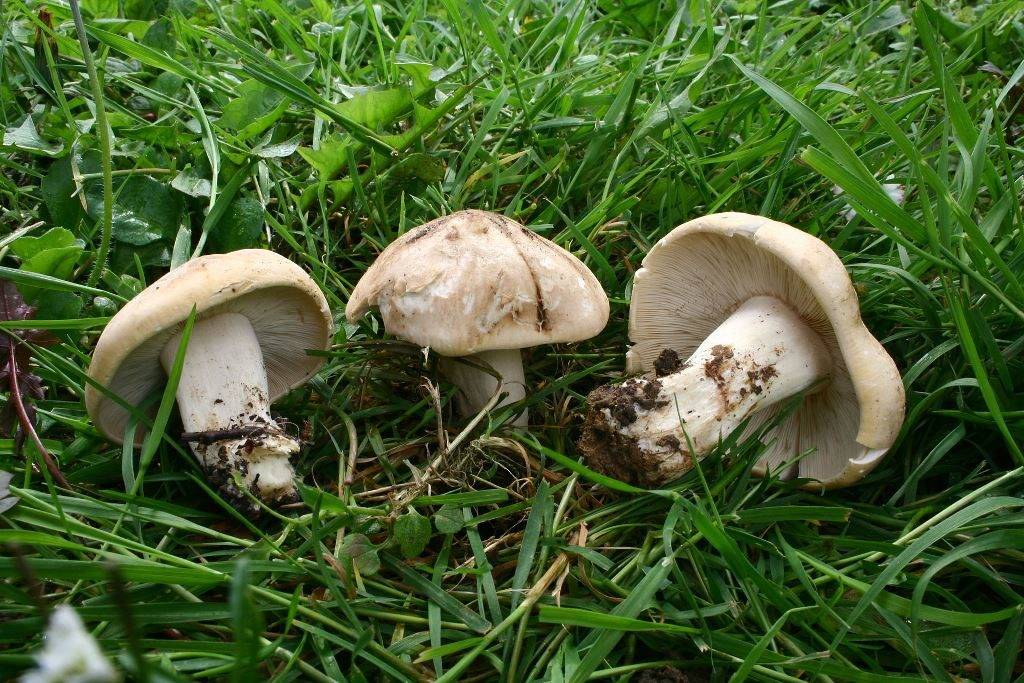
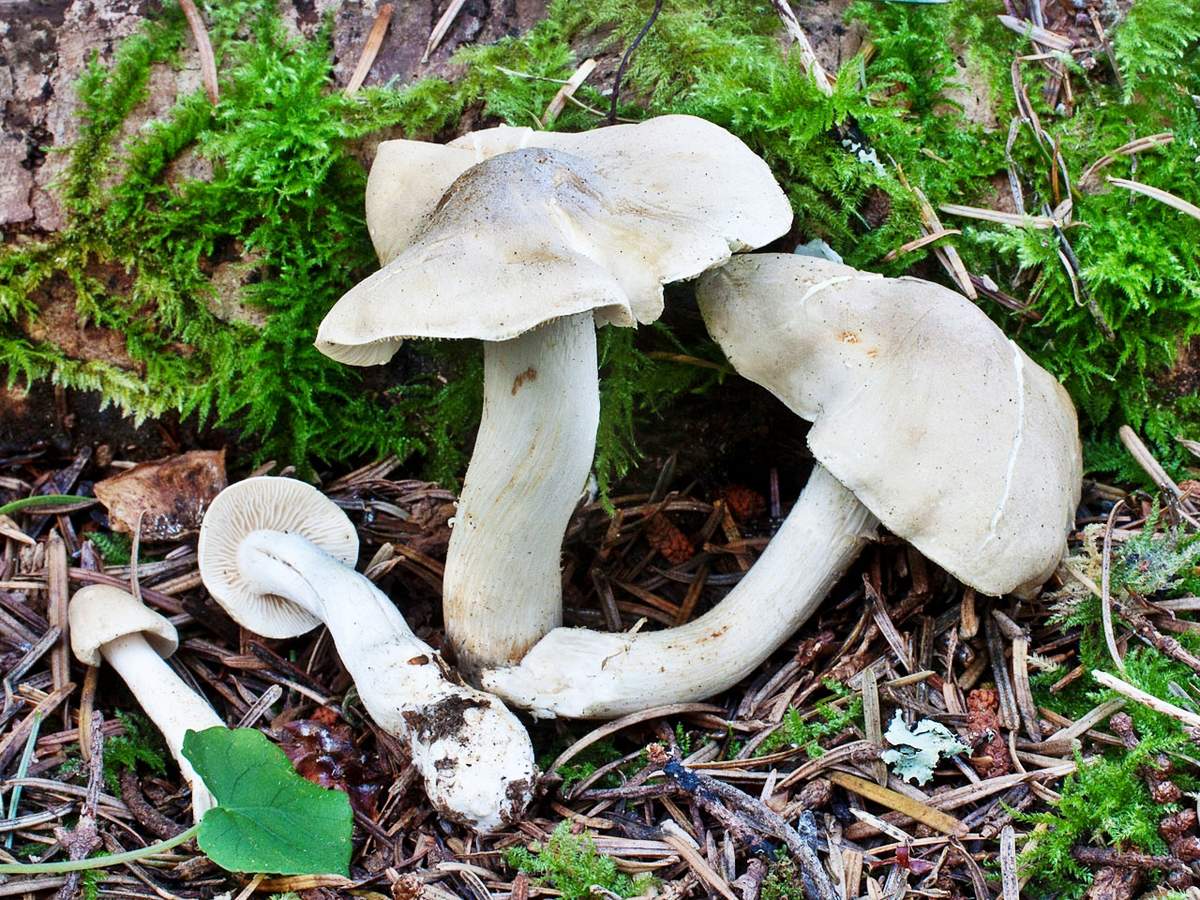
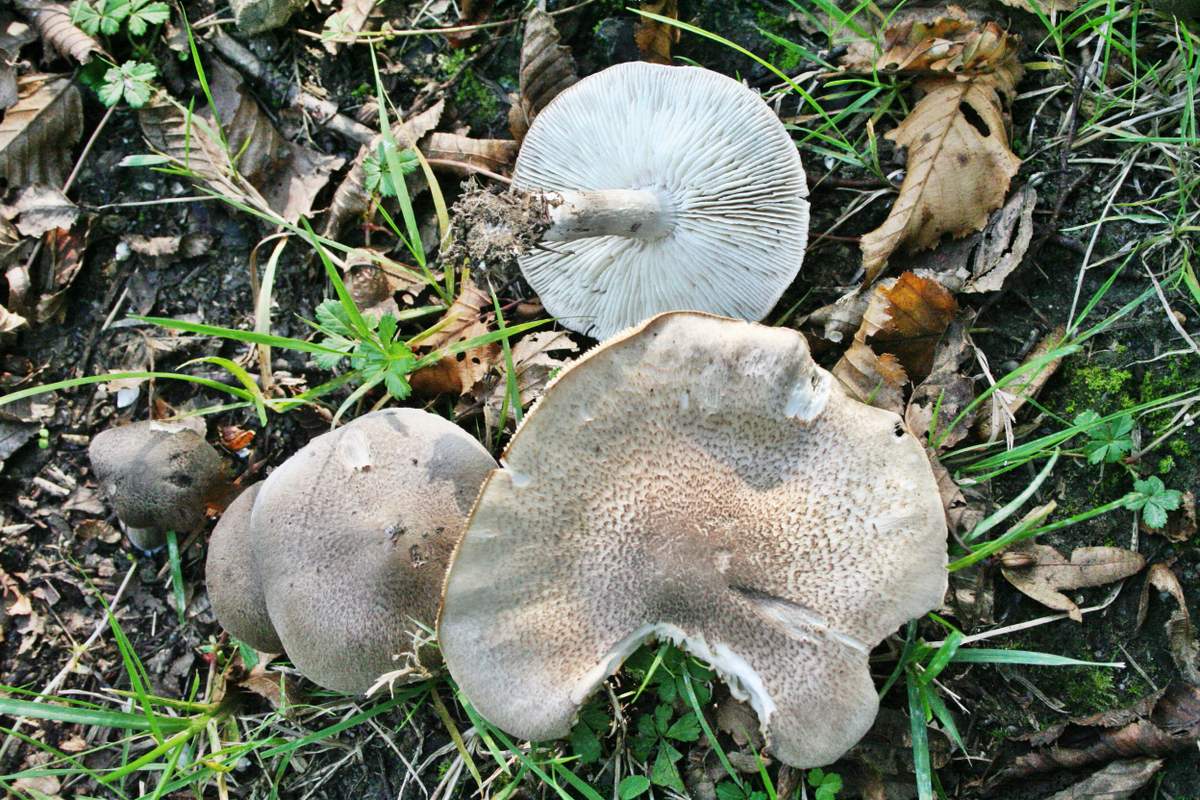
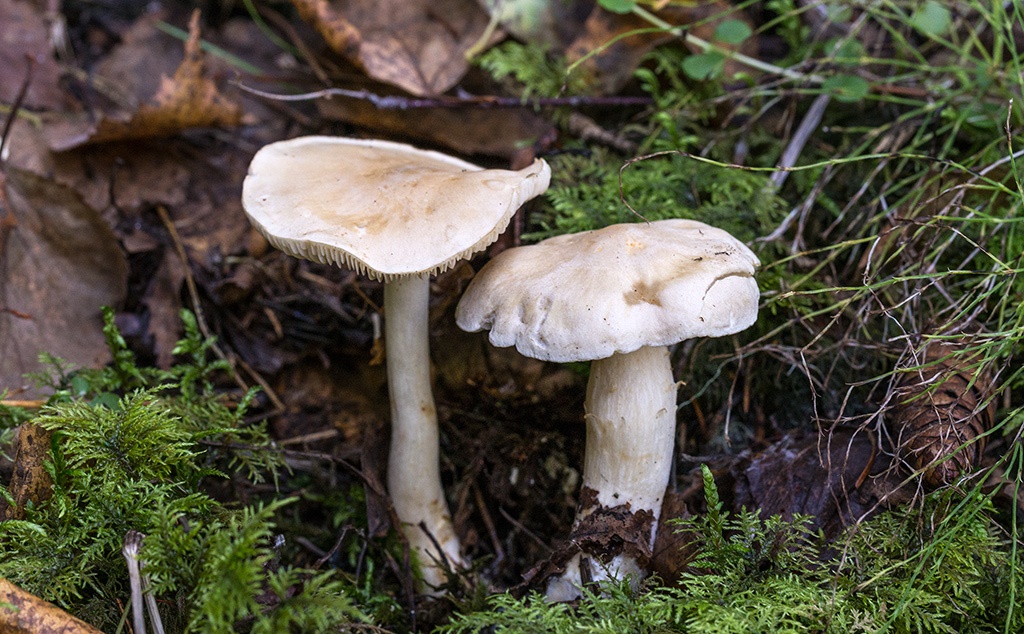
 Care and use of Kombucha at home (+22 photo)
Care and use of Kombucha at home (+22 photo) Edibility of the fungus of the motley umbrella and its description (+19 photo)
Edibility of the fungus of the motley umbrella and its description (+19 photo) Description of edible and inedible oils, their poisonous counterparts (+40 photos)
Description of edible and inedible oils, their poisonous counterparts (+40 photos) Useful properties of milk mushroom and its contraindications (+17 photos)
Useful properties of milk mushroom and its contraindications (+17 photos)